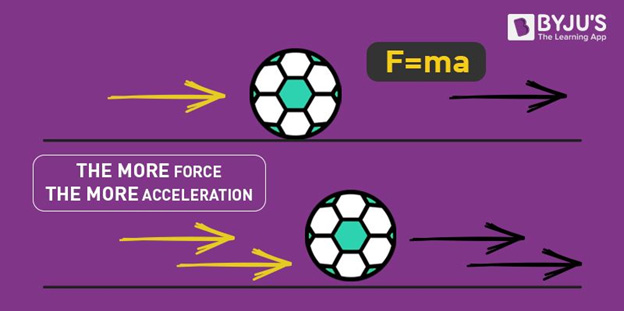What Are the Forces Generated by a Big Rig Accident Impact?
Skip Navigation Links
Why a Semi Truck or Big Rig Accident can Cause Catastrophic Damages and Serious Personal Injuries
What happens when a big rig or semi-truck collides with a passenger vehicle?
The passenger car will take the brunt of the force, sustaining extensive damage and passenger(s) can suffer severe personal injuries, leading to legal complications and consequences.
Here’s what happens during a big rig accident involving collision with a passenger vehicle and why the forces generated are so much damaging than compared to a car accident involving only regular passenger vehicles:
The Physics - Impact to the Vehicle, Damage and Resulting Personal Injury
The forces generated during a big rig accident impact are affected by factors such as the weight of the object, the velocity, the distance of the collision, the duration of the collision, and the acceleration rate:
Forces Generated by the Big-Rig Collision Impact
Force of impact refers to the total force exerted on an object during a big-rig accident collision. It can be calculated using this equation:
F = m * v² / (2 * d)
In which F is the average impact force, m is the mass of the object (e.g., a vehicle), v is the initial speed of the object, and d is the distance traveled during the collision.
If we assume that an 18-wheeler is going at the same speed as a typical car and the duration of the collision is the same, then the mass of the vehicles will determine the forces generated during the big-rig accident collision impact.
Let’s assume that the maximum weight for a U.S. semi-truck with a full trailer is 80,000 pounds, and a midsize passenger car weighs about 3,500 pounds.
This means that the force generated during an 18-wheeler big rig accident collision is over 22 times greater compared to a typical passenger car accident collision!
Newton’s Second Law
Newton’s Second Law states that the net force equals mass multiplied by acceleration (i.e., the change in speed). It can be calculated using this equation:
F = m * a
in which F is the force generated, m is the mass of the object, and a is the acceleration.
This means that the faster an object is changing its velocity, e.g., when a big-rig or semi-truck is descending a steep slope, the larger the force generated during a big-rig accident collision impact.

Let’s say a big rig and a midsize passenger car are going down a steep slope and unable to break. The acceleration due to the force of gravity is the same for both vehicles. However, the big rig, which is over 22 times heavier than the car, will generate a much larger force upon impact.
Law of Conservation of Energy
In a closed system of objects, the total amount of mechanical energy is conserved, although the energy can change between kinetic energy and potential energy.
During a collision in which a vehicle stops completely at the end of the impact, the kinetic energy is reduced to zero. To satisfy the law of conservation, the energy is turned into power, or “work done,” by the impact force.
A larger impact force will result in more work done, causing more damage in a semi truck or big rig accident collision. Because a semi truck or big rig, which weighs a lot more than a car, will generate much more force – the semi truck or big rig accident damage and resulting personal injury will also be more extensive.
Final Thoughts
Forces generated in a semi truck or big rig accident collision can be devastating, causing significant damages to smaller cars and personal injury to the passengers inside.
In addition, the liability issues can be more complex in accidents involving commercial 18-wheelers big rig.
If you’re involved in a big rig or semi truck accident and are injured, it is important to talk with a personal injury attorney to explore your options and make sure that you’re taking the proper legal actions to ensure you’re properly compensated. Schedule a free consultation with us, take an advantage of our NO UPFRONT COST offer, and let us help you recover your personal injury damages.
Sources:
https://byjus.com/physics/laws-of-motion/
https://www.wired.com/story/physics-momentum-principle-work-energy-principle/
https://www.omnicalculator.com/physics/car-crash-force#force-of-impact-definition-impact-force-equation
https://www.omnicalculator.com/physics/work-and-power